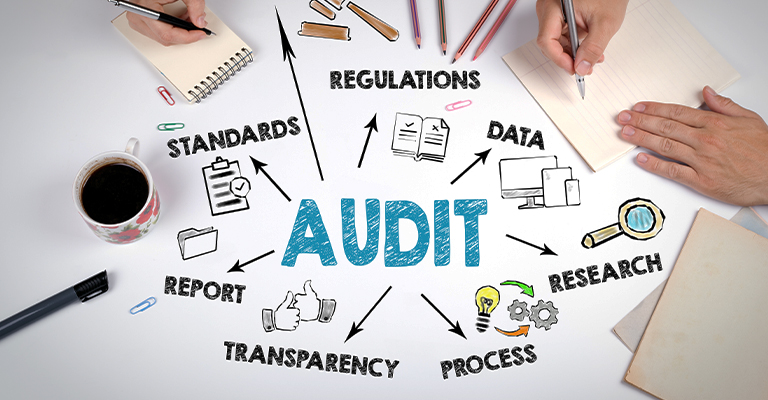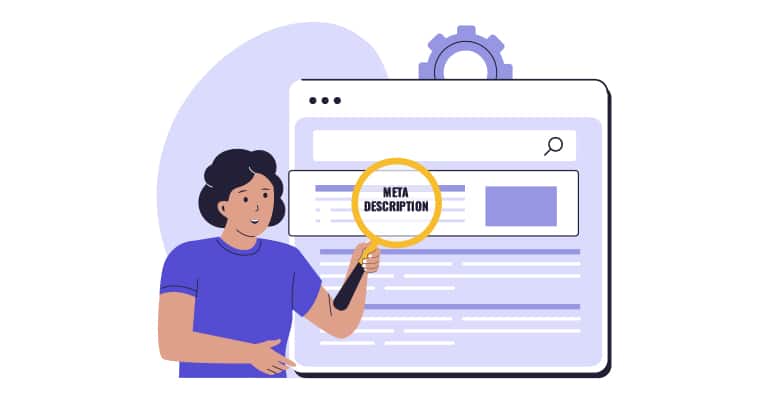Internal link strategy is an aspect of on-page SEO that involves adding clickable links on your website that connect your pages. Think of it like building roads between different rooms in a house. These links help visitors find what they want and help Google understand your website better.
When you add internal links the right way, both people and search engines can easily move around your site. This keeps visitors on your website longer and helps your pages show up higher in search results. The best part is that internal links are free to add, and they can really help your business grow.
Your internal link plan should match your business goals. Every link you add should help visitors and make sense. Taking time to create a good plan will work much better than adding random links everywhere.
Why Your Internal Link Strategy Matters
Internal links help your website in two main ways. First, they make it easier for people to find what they’re looking for. Second, they help Google understand your website better. When you use internal links correctly, more people will visit your site and stay longer.

SEO Benefits That Drive Organic Growth
Internal links help Google find and understand your website pages better. When you link from popular pages to fresh content, you share a portion of that page’s power – this is called “link juice.” This helps your new pages show up higher in search results.
Google uses internal links to see how your pages connect to each other. When you link related pages together, Google understands what topics you write about. This makes it more likely that people will find your website when they search for those topics.
Internal links also help spread power from your best pages to other pages on your site. Pages that might not rank well on their own can get help from your stronger content. This way, more of your pages can show up in search results.
User Experience Improvements
Well-placed internal links guide visitors to relevant information they’re seeking. Instead of forcing users to navigate through menus, you provide direct pathways to related content. Moreover, this seamless navigation reduces bounce rates and increases page views per session.
Internal links also help users discover content they might not have found otherwise. For instance, linking from a beginner’s guide to advanced tutorials creates natural progression paths. Additionally, contextual links within your content feel more natural than sidebar recommendations.
Your visitors appreciate it when you anticipate their needs and provide relevant next steps. Therefore, strategic internal linking demonstrates expertise while building trust with your audience. Ultimately, this improved experience leads to higher conversion rates and customer loyalty.
Core Components of an Effective Internal Link Strategy

A strong internal link plan has two main parts. First, you need to know which pages on your website are most important. Second, you need to organize your content into content clusters. Completing these two steps will help you create a sturdy foundation for your internal link plan.
Identifying Your Most Important Pages
Follow these steps to find which pages matter most for your business:
- Find your money-making pages: Look for pages that bring in customers or sales. These include your homepage, service pages, and blog posts that get people to buy.
- Check your traffic numbers: Use Google Analytics to see which pages get the most visitors or have the best conversion rates.
- Create a priority list: Put your most important pages at the top of your list. Make sure these pages get the most internal links from other parts of your site.
- Balance business and helpful content: Your product pages need attention, but don’t forget about helpful articles that bring in new customers. Mix both types in your linking plan.
Creating Topic Clusters and Content Hubs
Organize your content into thematic groups that cover specific topics comprehensively. Each cluster should have a main pillar page that provides broad coverage of the topic. Then, create supporting pages that dive deeper into specific subtopics within that theme.
Link from your pillar page to all related cluster content using relevant anchor text. Additionally, interconnect the cluster pages to create a web of related information. This structure helps search engines understand your expertise in specific topic areas.
Topic clusters also make it easier for visitors to find comprehensive information about subjects they care about. Therefore, they’ll spend more time exploring your content and develop stronger trust in your expertise. Moreover, this approach naturally increases your site’s topical authority.
How to Audit Your Current Internal Linking Strategy

Begin your audit by crawling your entire website using tools like Screaming Frog or Sitebulb. These tools reveal broken links, orphaned pages, and linking patterns across your site. Additionally, they help identify pages that receive too few or too many internal links.
Analyze your most important pages and count the number of internal links they receive. Pages with business value should typically have more internal links pointing to them. Furthermore, check if your linking follows a logical hierarchy that matches your content strategy.
Look for opportunities to add internal links where they’re missing or poorly implemented. For example, older blog posts might lack links to newer, more comprehensive content. Consequently, updating these connections can breathe new life into existing content while improving your overall site structure.
Best Practices for Your Internal Link Strategy
Follow these key rules to make your internal links work better:
- Use clear anchor text: Use anchor that tells people exactly what they’ll find on the next page. Avoid using phrases like “click here” or “read more,” as they don’t provide any additional value. Use keywords that describe the page you’re linking to.
- Put important links early: Place your most important internal links near the top of your content when you can. Links in the first paragraph work better than links at the bottom. Ensure your links assist readers and don’t get in their way.
- Don’t use too many links: Limit the number of internal links you include on each page. You don’t want to overwhelm your readers. Try to use 2-5 links for every 1,000 words you write. You can adjust this number based on your content’s needs and what best supports your readers.
Common Internal Linking Mistakes to Avoid

Here are the biggest mistakes to watch out for when building your internal link plan:
- Using the same keywords too much: Don’t use exact-match keywords repeatedly in your links. This looks fake to Google and can hurt your rankings. Mix up your link words while keeping them helpful and related.
- Linking to pages that don’t match: Don’t add links just to have more links on your page. Every link should help your readers and make sense. Also, fix broken links because they create bad experiences and waste your link power.
- Only linking to main pages: Don’t forget about your deeper pages by only linking to your homepage and main pages. Share internal links across your entire site so all your content can thrive. Also, update your links when you publish additional content.
Measuring and Optimizing Your Internal Link Strategy Performance
Tools for Tracking Internal Link Success
- Google Analytics: Track how internal links affect user behavior on your site. Watch numbers like pages per visit, time spent on site, and bounce rate to see if your links help. Set up goals to see how internal links help you get more customers.
- Google Search Console: Check your site’s search performance and find ways to improve. The “Links” report shows which pages get the most internal links and how this helps them show up in search. Use this data to find pages that need more link support.
- SEO tools like Ahrefs or SEMrush: Get detailed reports about your internal linking and suggestions for improvement. These tools can find lonely pages, suggest new linking opportunities, and track how changes affect your rankings.
- Link tracking tools: Use UTM codes or heat mapping tools to see which internal links get the most clicks. This shows you which links work best so you can improve or remove the ones that don’t work well.
Next Steps for Your Internal Link Strategy

Start working on your internal links today by taking these simple steps. First, check your current links and fix any that are broken. Then, plan to add internal links to fresh content when you publish it.
The best internal linking helps your visitors while also helping your business grow. Every link you add should make sense and help people find what they need. When you stay consistent with your approach, you’ll see better results over time.
Focus on connecting related pages together to show Google you’re an expert on specific topics. This makes your website more trustworthy and helps it show up higher in search results. A good internal link plan becomes a powerful way to grow your website and keep visitors engaged.
Final Thoughts on Building an Internal Link Strategy
Building a strong internal link strategy takes time, but it’s worth the effort. When you connect your pages the right way, you help both visitors and search engines understand your website better. This leads to more traffic, longer visits, and better business results.
Start small by fixing broken links and adding connections between related pages. Then, create a plan for linking existing content to new articles as you publish them. Remember to focus on helping your visitors first, and the SEO benefits will follow naturally. Your website will become stronger and more valuable as you build these connections over time. Keep tracking your results and making improvements, and you’ll see your internal link strategy pay off in better rankings and more engaged visitors.




